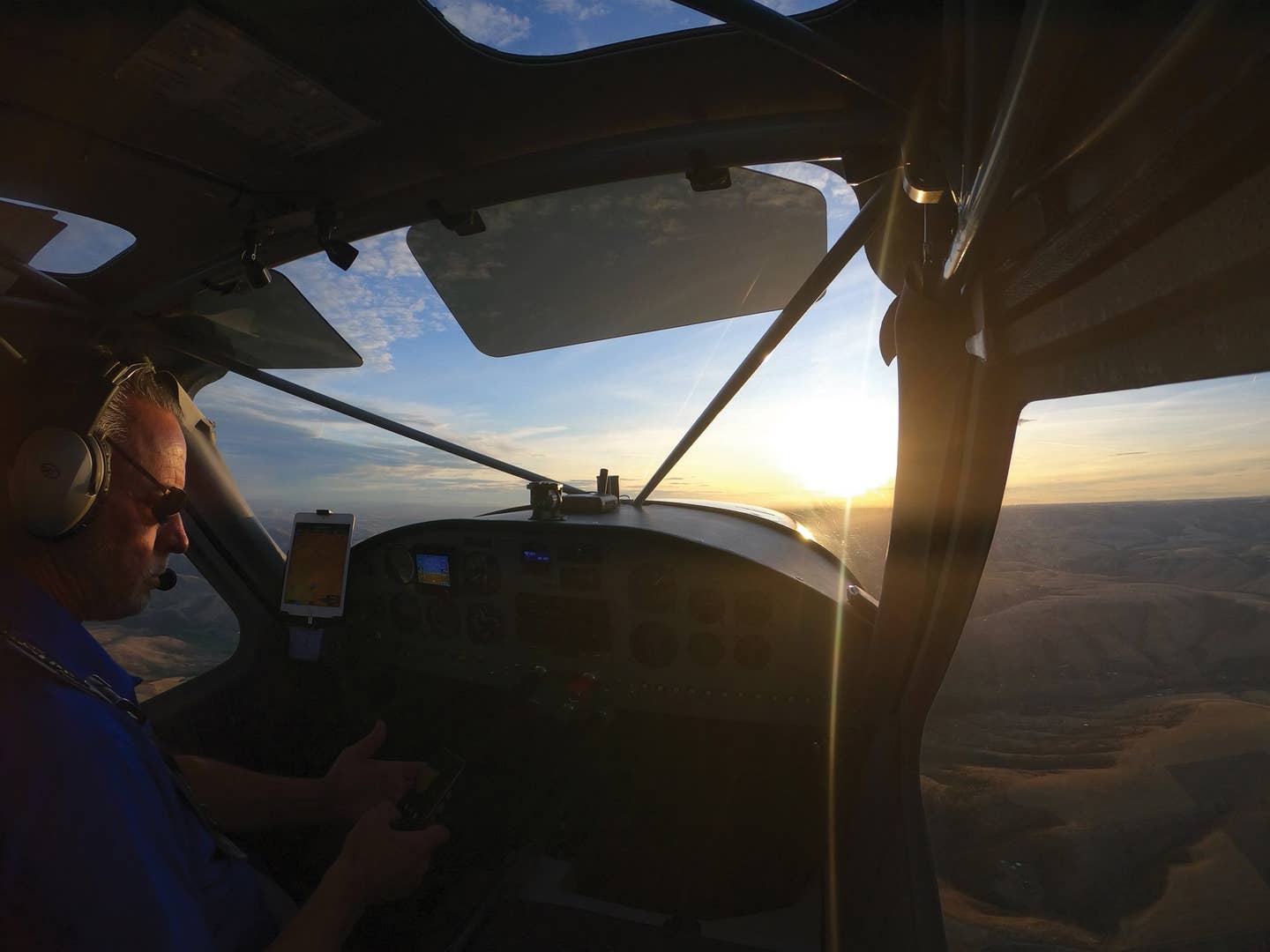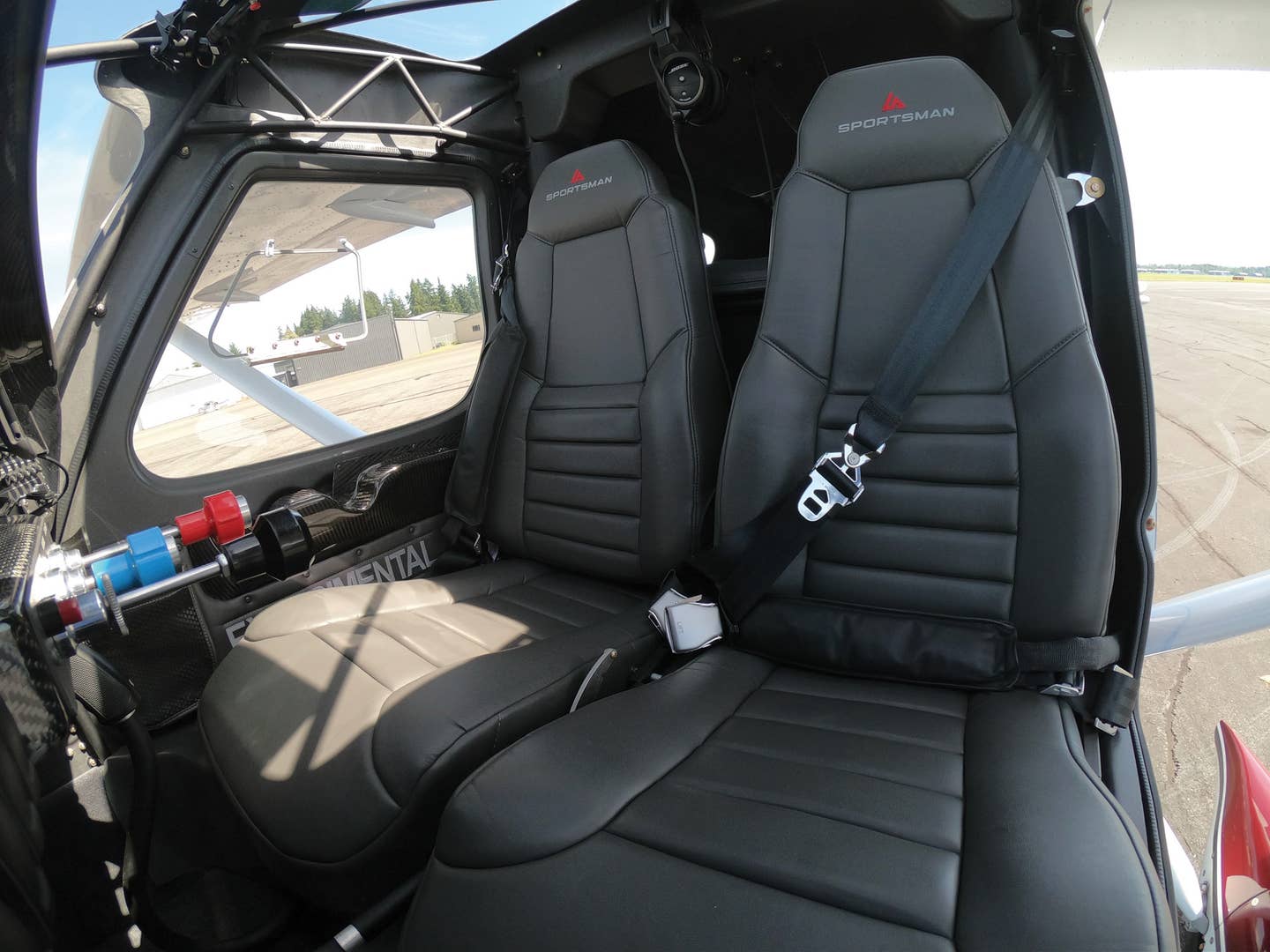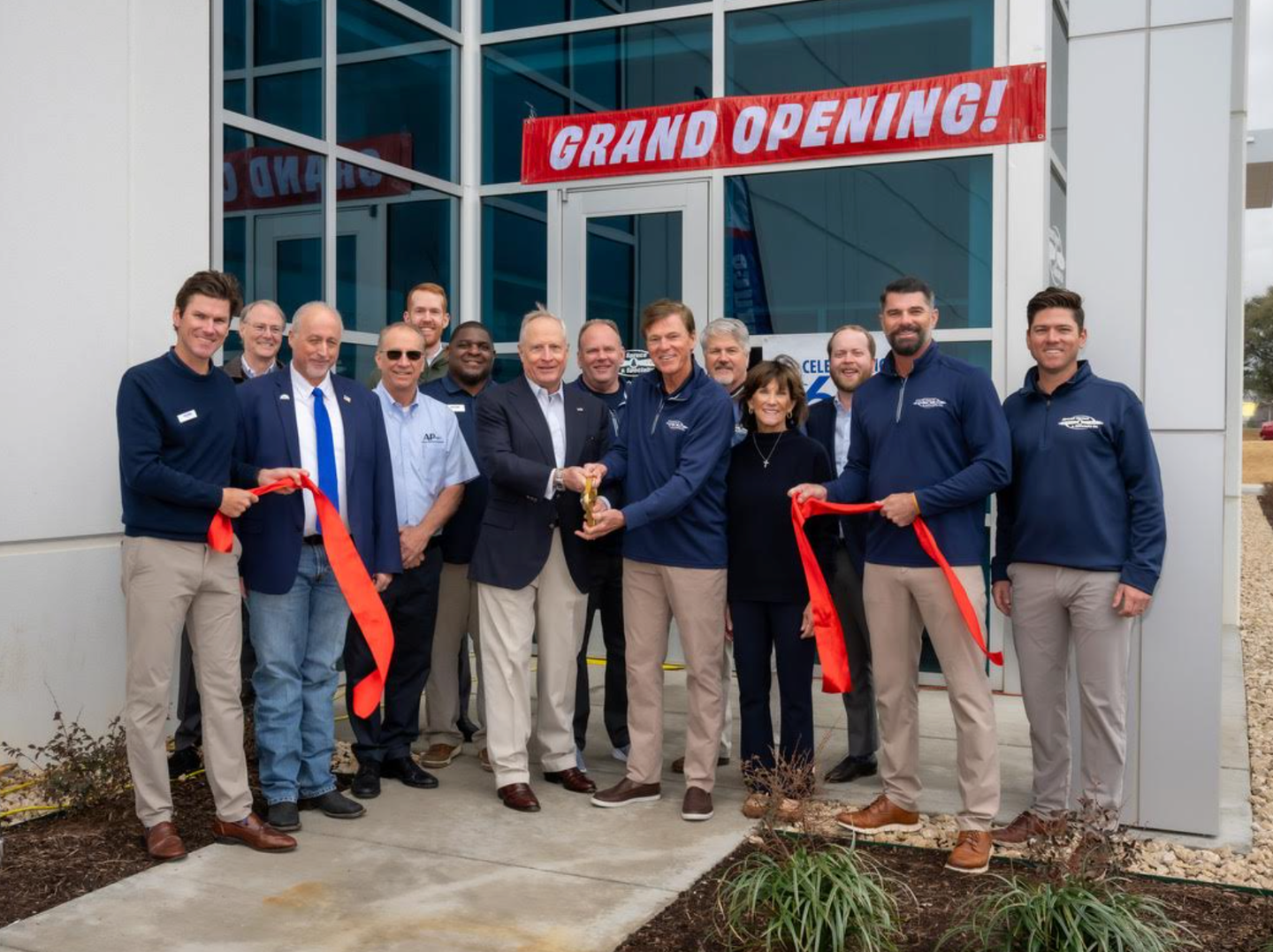Split-S Decision
NTSB reports too-fast entry into a power-on aerobatic maneuver probable cause of Van’s RV-7A fatal accident.

It was a quiet afternoon at the Triangle Airpark (AZ50) in White Hills, Arizona. Picture a completely clear sapphire sky above dusty brown mountains, a dry 70 degrees in what passes for winter along the border between Arizona and Nevada.
Missing its tail, pointing almost straight down, a Van’s RV-7A single-engine, two-seat homebuilt plummeted out of the blue and into the rocky ground. The pilot died instantly. Alongside a nearby highway, some recognizable bits of airplane, the vertical stabilizer and rudder, a horizontal stabilizer and elevator, fell separately to Earth.
On that day, February 19, 2022, it was obvious that the plane had suffered an in-flight breakup, leaving it an uncontrollable falling object. But why? This wasn’t the first Van’s homebuilt to experience an in-flight tail separation. Was there a design or construction problem with the fleet? What would cause, with apparently no warning, such a catastrophic failure?
A TV news crew interviewed a local flyer who knew the accident pilot well since both had planes at the Boulder City Municipal Airport (KBVU) in Nevada.
“I think there are only about 150 hours on it,” he said when asked about the plane and pilot. “He’s a pretty mellow flyer, not like some of us who like doing a little more aerobatics and formation flying. [He] really wasn’t into that, so we’re all really curious what happened.”
The National Transportation Safety Board (NTSB) recently released its final report on the accident. In decades past, causes of light plane crashes like this were hard to unravel. There were no onboard flight recorders, notoriously unreliable eyewitness accounts, and whatever forensic evidence was found in the wreckage. But now the NTSB can often determine a sequence of events thanks to digital data stored in avionics units, ADS-B equipment, and the pervasive coverage of high-definition video in everything from cell phones to doorbells.
The solo pilot departed his home field of KBVU at 1:15 p.m., climbed to about 5,500 feet msl, and traveled east for about seven minutes, making several wide 90-degree turns. The RV-7A is the nosewheel version of the RV-7 taildragger, a side-by-side, two-seat, metal, low-wing homebuilt. This one was built by the accident pilot and first flown in March 2019. The shiny red-and-cream plane was seen at Oshkosh that summer.
The neat maintenance logs show a Hobbs time of 215 hours at the last entry in January 2022. The NTSB investigation found “no indications of any pre-existing cracks or anomalies with the airframe structures, and no pre-accident anomalies were observed that would have precluded normal control of the airplane.”
The sole probable cause was the pilot’s ‘improper aerobatic maneuver…that exceeded the airplane’s design limits.
The pilot learned to fly in the U.S. Navy. After the military, he joined Hughes Airwest as an airline pilot and settled down with his wife and baby in Boulder City. The airline merged with Republic, then Northwest, and finally Delta. He retired in 2010 and spent his time building the RV-7A, restoring some cars, and visiting his grandchildren. He had around 25,200 total flight hours.
“After crossing U.S. Highway 93 the airplane track turned right and tracked above the highway,” the NTSB report stated. “A few seconds later the airplane data showed a maneuver consistent with an aileron roll followed by a rapid descent about 1,000 feet before regaining its prior altitude and track above the highway.”
Many RV series aircraft are wonderful aerobatic aircraft, responsive and predictable, and the RV-7 meets the +6/-3G standards of the FAA’s Aerobatic Category. I did my first aileron roll in an RV-4.
The NTSB makes a point to note that “no evidence of acrobatic training was found during the investigation.” While this may be true, it seems unreasonable to assume basic aerobatics weren’t part of naval flight training in the 1970s. The plane had certainly safely done rolls before. At the time of initial airworthy certification in 2019, the airframe logbook has this entry: “Aerobatic maneuvers have been test flown, and that the aircraft is controllable throughout the maneuver’s normal range of speeds.”
The barrel roll, which started at 5,575 feet msl and 138 kias, was sloppy, mostly because he allowed the nose to fall. But a review of the avionics data shows it was entered at the correct airspeed (placarded as between 104 and 165 knots), and the roll rate was constant.
The pilot climbed back up to his starting altitude, flew straight and level for two minutes, and then, to the right this time, rolled inverted, held wings level, and pulled back on the stick. This is the split-S entry. It’s a way to rapidly reverse course, sometimes used in air combat maneuvering to disengage from a fight. The full split S has you pulling a half loop, ending up lower than you started and facing the opposite direction.
The RV’s nose fell. The G loading increased—2, 3, and then 4. Pitch went to negative-62 degrees. Pointing almost straight down, airspeed quickly increasing, the plane was rapidly losing altitude. The throttle was not pulled back, the engine was still producing full power. There was no pulling up of the nose to regain level flight. The plane just kept coming down. Airspeed reached 248 kias, well over the never exceed VNE of 200 kias. The vertical descent rate reached the data-recording limit of 9,999 feet per minute. Ten seconds after the start of the roll, the aircraft impacted the ground.
That’s the flight-path description of the accident—the plane is rolled inverted and pulled into a quarter loop facing down. But when— and why— did the empennage become detached? Was the breakup cause or effect?
After the accident, the NTSB dug deep into this event with a structures group that reevaluated 11 other Van’s RV tail failures worldwide. These were divided into two main categories, prior maneuvering and weather upset. In most cases, some type of aerobatics with an increase in airspeed preceded loss of control. They reviewed certification limits, mechanical structure, airspeed instrumentation, and flutter analysis. After all that, no latent failure mode was found.
The pilot entered the split S at 140 kias. The listed entry airspeed range is 87 to 97 knots. The limit seems low because pointing down quickly increases airspeed, especially in aerodynamically sleek planes like the RV-7. We normally enter the second half of a loop from the relatively low energy state of the top of the loop. This pilot was much faster. Blowing past VNE, the empennage failed. This sequence of events was confirmed by further review of security camera footage. Excessive speed caused the structural failure—not the other way around.
The breakup started with rudder flutter. Flutter is a dangerous, complex, dynamic aeroelastic phenomenon dependent on true airspeed. The margin beyond VNE in indicated airspeed and the onset of flutter may be less than many pilots would guess. The NTSB structures group suggested avionics companies display true airspeed (TAS) for airplanes “that operate at much higher speeds and altitudes than a typical general aviation airplane, [as] the difference between [indicated airspeed] IAS and TAS can be significant.”
Nevertheless, the NTSB is clear. The sole probable cause was the pilot’s “improper aerobatic maneuver leading to an airspeed that exceeded the airplane’s design limits.” A mellow barrel roll was fine. A too-fast entry into a power-on split S was not.

Subscribe to Our Newsletter
Get the latest Plane & Pilot Magazine stories delivered directly to your inbox






